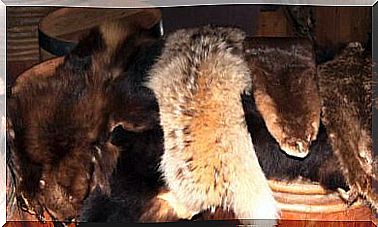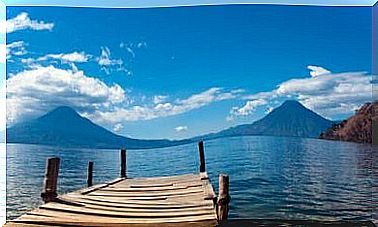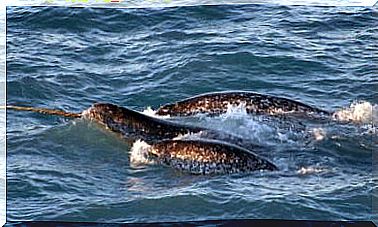What Are Amphibians?
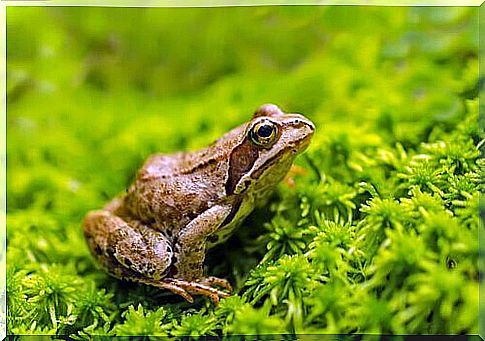
Amphibians were the first animals able to get out of the water and start living on land. However, they never left the aquatic environment. They are fascinating living beings, with surprising and unique characteristics. For this reason, in this article we will reveal everything you need to know about amphibians.
What does “amphibian” mean?
Amphibians, by definition, are animals that lead a life that develops both in water and on land. They are animals whose habitat needs mixed places, such as lakes, ponds, embankments or wetlands.
Amphibians need to live both in water and on land: they satisfy their vital needs in these two environments. For example, they reproduce and grow underwater, but feed on land.
In addition, they undergo a drastic physical change over the course of their life through metamorphosis. After hatching, the eggs enter a larval state, forming tadpoles. While in this state, they develop their adult body, in which their legs, body grow, and even change the way they breathe or feed.
They are herbivores when they are tadpoles to become carnivores in their adult stage. For example, their diet consists mainly of insects, worms, spiders and other small animals.
Common characteristics of amphibians
Almost all amphibians develop four legs, with corresponding joints, when they become adults. There is only one exception: the family of the Gimnofioni or Apodi , who maintain a legless appearance for the rest of their life; in many cases they live underground.
A common feature is the fact that amphibians are oviparous animals, meaning they lay eggs. Each species takes care of it differently, although most deposit them underwater and a gelatinous substance holds them together and prevents them from dispersing. A particular type of toad, obstetric halite, carries eggs with it during a certain period.
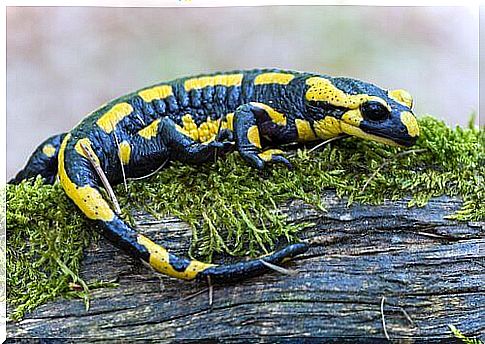
All amphibians possess skin that has the same essential structure, although it has very different appearances depending on the species. In general, they have hairless, scaleless, water-permeable skin with a multitude of glands that help them perform various vital functions.
These animals can have many different colors. In many cases, they are intended to promote camouflage. At other times (we are talking about aposematism ) these bright and captivating shades are a warning to possible predators. Some species of amphibians have glands that secrete powerful and even lethal poisons, such as the poison dart frog.
Another thing common to all amphibians is the way they regulate their body temperature based on the environment. To be able to stay alive, they have to spend many hours in the sun, thus storing a sufficient amount of heat.
Amphibians can be found in almost all parts of the planet, as long as there is a humid environment. However, they cannot live in very cold territories such as the poles, in some Atlantic islands and not even in the desert.
Examples of amphibians
There are three large families of amphibians : Caudati (like salamanders), Anuri (frogs) and Gimnofioni (or Apodi).
Salamanders do not lose their tails in their metamorphosis and the adults look a lot like the larvae. They live in the northern hemisphere and also in the northern parts of South America. Some can regenerate their limbs if they are cut or bitten.
Frogs are found almost all over the world, with the exception of deserts and poles. The most notable physical feature of this species is the large to broad jaw. Some species also have small teeth. They lose their tails during metamorphosis (the transition from tadpole to adult) and the hind legs are larger and stronger than the front ones. In order to jump accurately they have a small and stiff spine, which allows them to take advantage of greater thrust.

Gymnophyons have no legs and retain a tail. They live only in tropical regions in America, Africa and India – most of them live underground. Others, on the other hand, spend almost their entire life in an aquatic environment. Although they are amphibians, their movements on land are slow and clumsy.
Amphibians are animals that can live in both water and land and need both environments to survive. Some common characteristics allow us to classify them as members of a very large family. As you have seen, however, there are often very marked differences between them.
